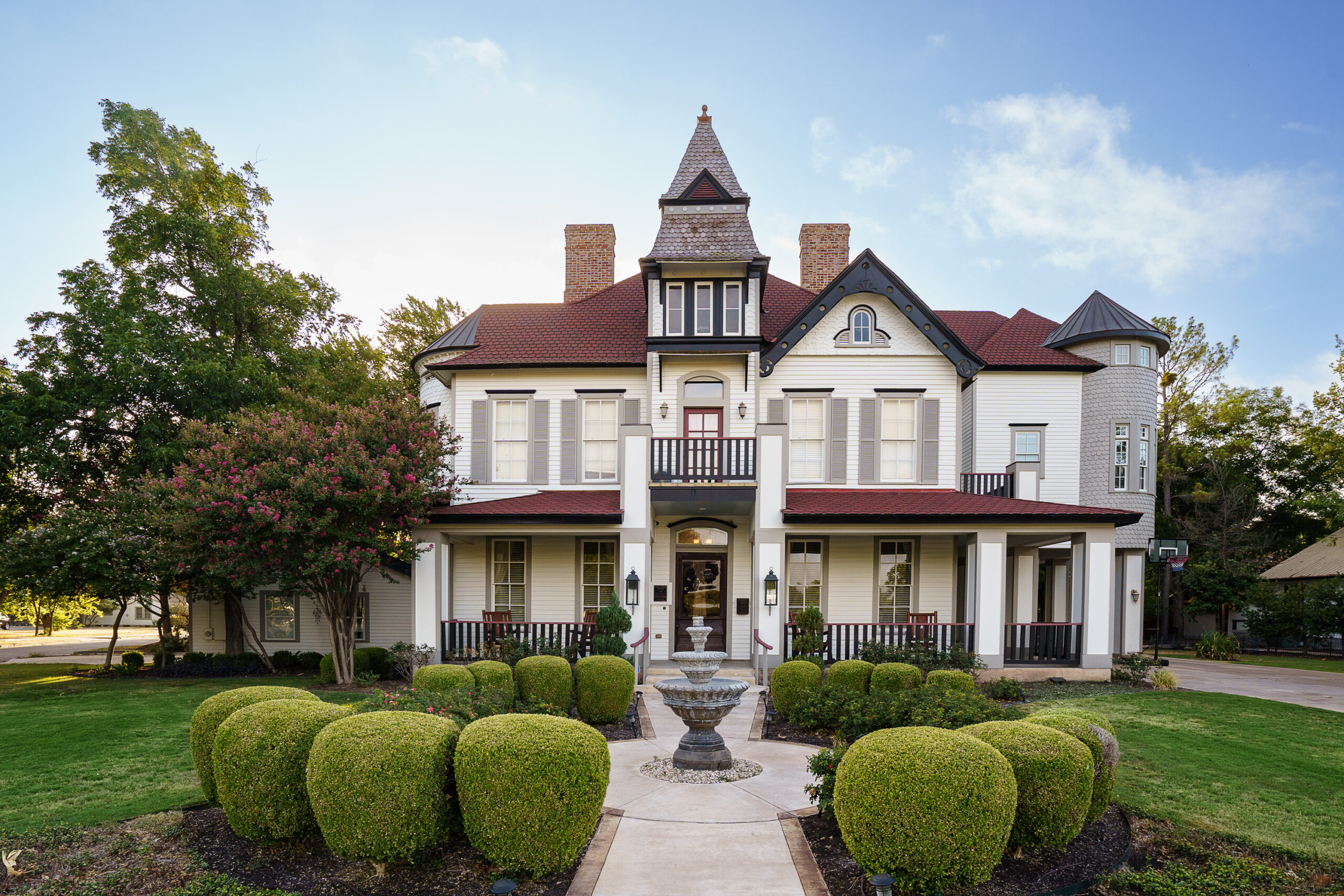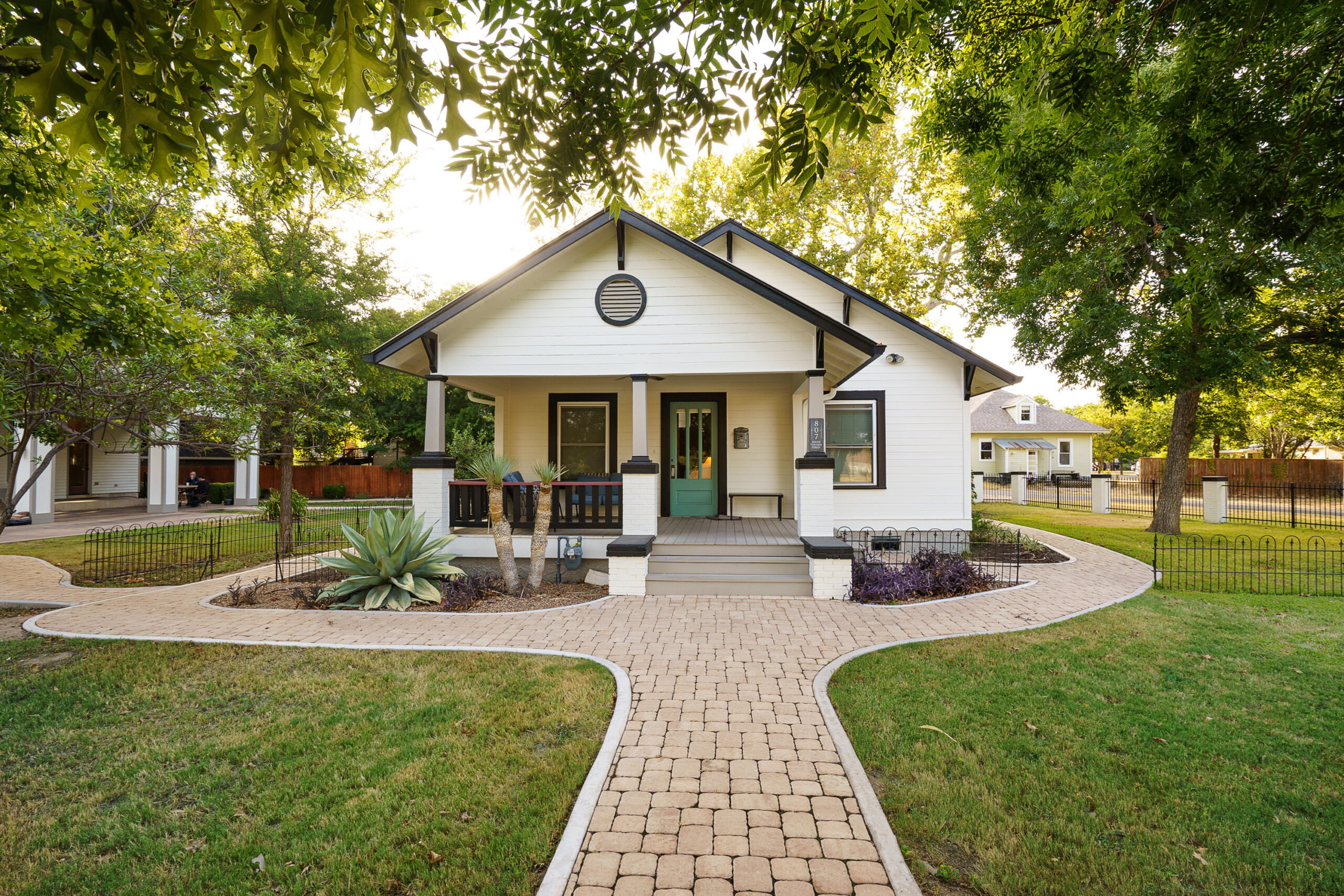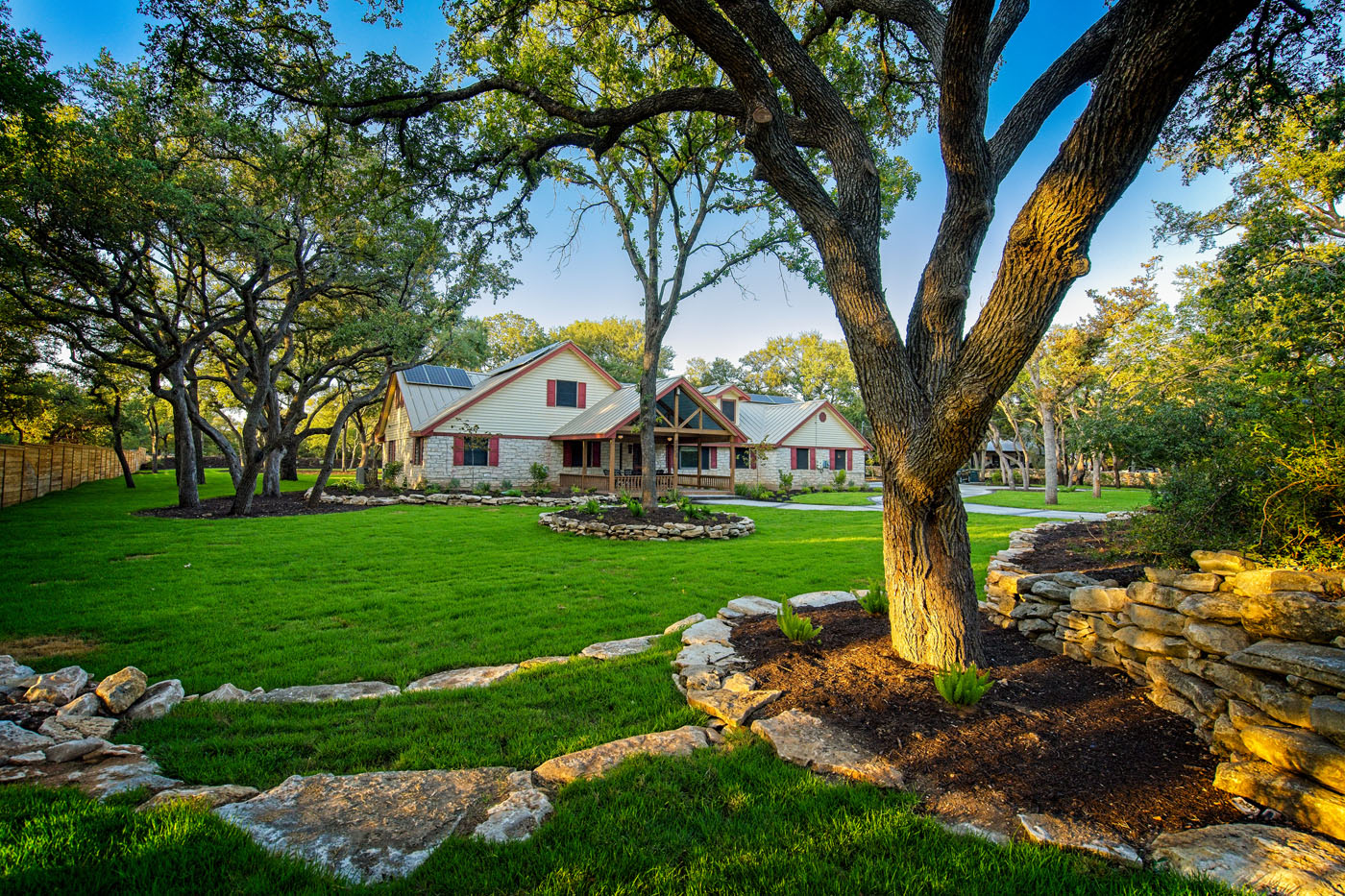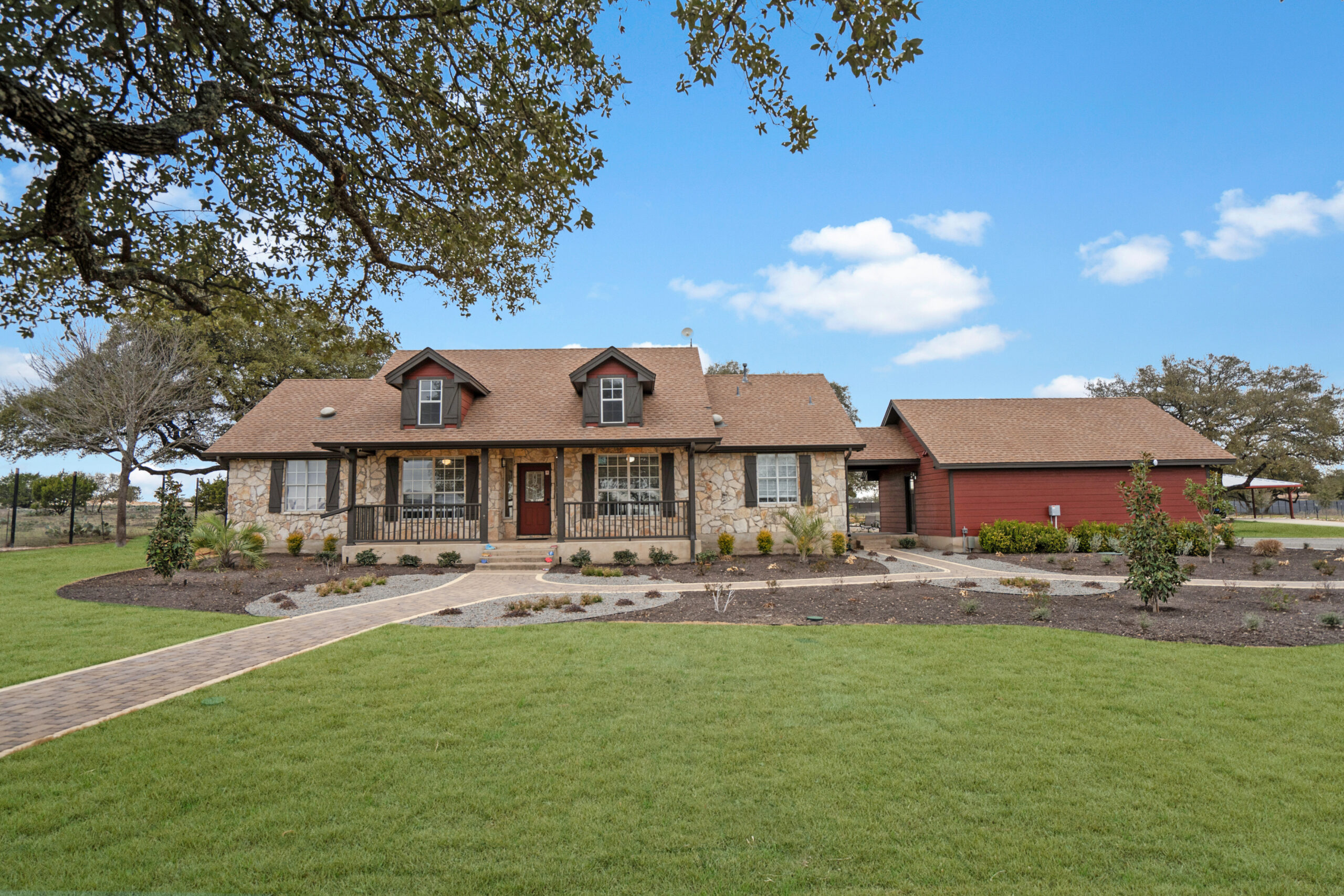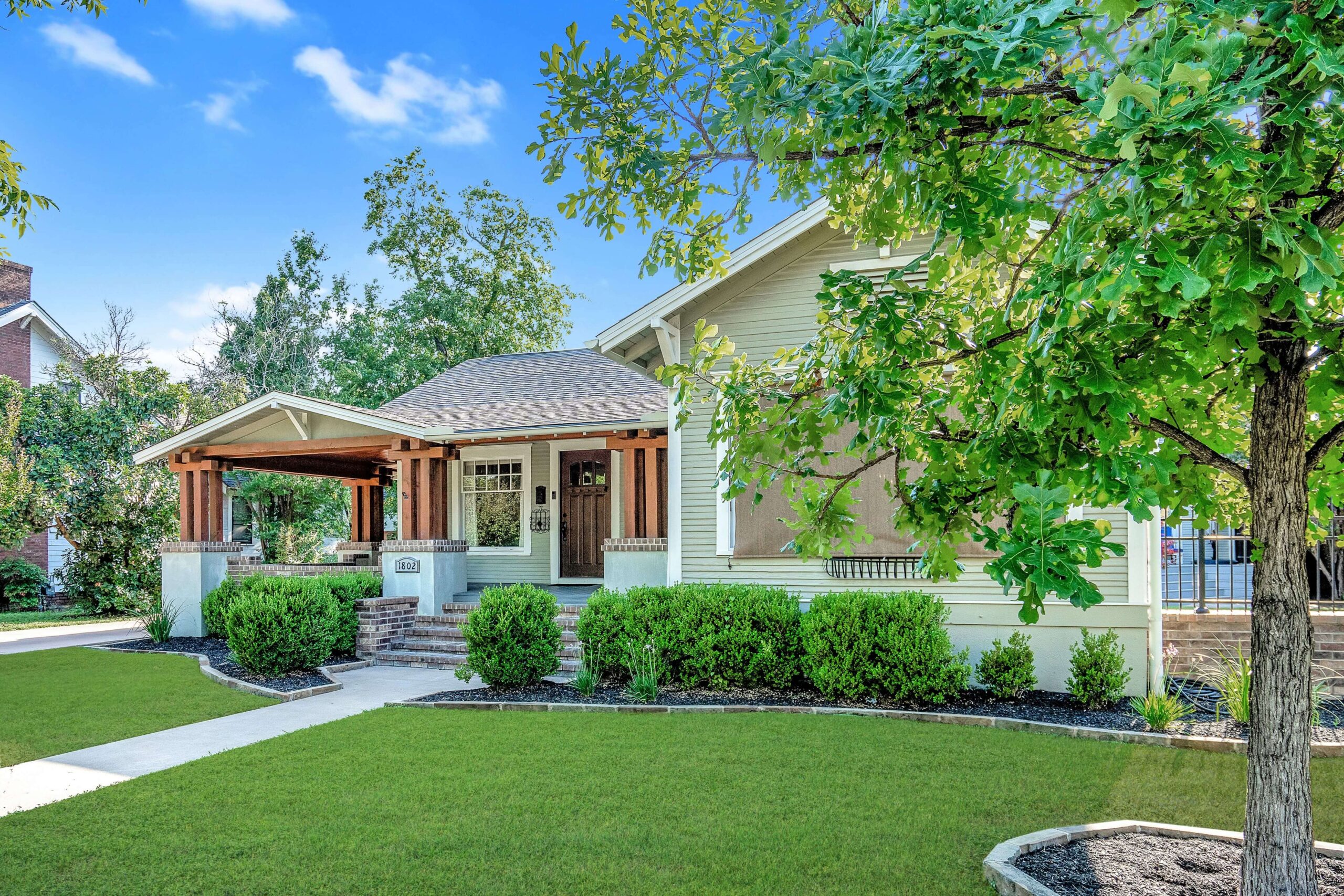Long Term Residential Treatment for Schizophrenia
Many individuals diagnosed with schizophrenia face a complex web of challenges that extend beyond the mere management of symptoms. Long term residential treatment for schizophrenia offers a sanctuary where these individuals can find stability and comprehensive care. In my 20+ years of experience at Alta Loma, I’ve seen firsthand how such environments facilitate true healing.
Residential programs provide continuous support and a structured routine, which are essential for those suffering from thought disorders. The safe environment encourages positive behavioral shifts and reinforces the practice of new coping skills. Unlike outpatient care, residential treatment ensures a consistent application of therapeutic techniques, which can significantly improve long-term outcomes.
Equally important is the transition phase. With sustained support, individuals are better prepared to reintegrate into society, equipped with strategies to manage their condition effectively.
Key Components of Effective Treatment
An effective long term residential treatment for schizophrenia program must be multi-faceted, incorporating both medical and therapeutic interventions. At Alta Loma, our approach includes:
- Personalized medication strategies to manage symptoms effectively
- Cognitive Behavioral Therapy (CBT) to modify dysfunctional thoughts
- Nutritional planning to support overall health
- Recreational and occupational therapy to foster life skills
- Family involvement to strengthen support systems
By weaving these elements together, individuals can achieve a more stable and fulfilling life. Each component plays a crucial role in addressing the complexities of schizophrenia, creating a holistic treatment plan.
Why Consistent Care Matters in Long Term Residential Treatment for Schizophrenia
Consistency is the cornerstone of successful long term residential treatment for schizophrenia. Without it, the risk of relapse increases significantly. Consistent care helps in monitoring the medication’s impact, adjusting doses timely, and providing immediate therapeutic interventions when needed.
The continuity of care fosters a deep sense of trust between the patient and their care team. This relationship becomes a key motivator, encouraging individuals to participate actively in their own recovery journey. My experiences at Alta Loma highlight that patients who engage in a consistent care regimen often show remarkable improvement in social functioning and self-reliance.
Long term residential treatment for schizophrenia involves an extended stay in a care facility that specializes in mental health support. These programs typically extend beyond 90 days, providing a stable environment for individuals to address their condition comprehensively.
Many ask, “What qualifies as long term residential treatment for schizophrenia?” The answer depends on individual needs. Factors like the severity of symptoms, history of previous treatment, and personal goals are considered. Programs are customized to provide the best chance for recovery and reintegration into daily life.
This approach varies in intensity and may include acute care during episodes of psychosis, followed by transitional care as symptoms stabilize.
Steps for Effective Long Term Residential Treatment for Schizophrenia
Are you considering long term residential treatment? Here’s what you can expect in a structured program designed for effective management:
- Initial Assessment: A comprehensive evaluation to tailor treatment to the individual’s unique needs.
- Customized Treatment Plan: Developing a plan that includes medical, psychological, and social components.
- Active Engagement in Therapy: Regular participation in individual and group therapy sessions.
- Skill-Building Workshops: Focusing on life skills, social interaction, and vocational training.
- Family Involvement: Including family in therapy to build a supportive home environment.
Each of these steps is crucial in ensuring that individuals not only manage their symptoms but also thrive in their personal and social lives.
Addressing Common Concerns About Long Term Residential Treatment for Schizophrenia
Many families worry about the cost, duration, and emotional impact of such programs. However, the benefits of long term residential treatment for schizophrenia often outweigh these concerns. With insurance coverage and financial assistance options, the treatment becomes more accessible.
In my practice, I’ve noticed that addressing these concerns early in the process alleviates anxiety for both patients and their families. Transparency in the treatment process fosters trust and eases the transition into a residential program.
Ultimately, the primary goal is to guide individuals to a healthier, more balanced life. Engaging families and maintaining open communication throughout the treatment process ensures everyone is aligned towards this goal.
What makes long-term residential treatment crucial for managing schizophrenia?
Long-term residential treatment for schizophrenia offers a structured and supportive environment that is essential for effective management of the condition. Schizophrenia presents a range of challenges, from managing symptoms to achieving social integration. At Alta Loma, we have seen how a stable environment allows individuals to focus on learning vital coping strategies and rebuilding their lives. Unlike outpatient care, residential treatment offers consistent application of therapeutic techniques, which significantly improves long-term outcomes. This structured environment provides the necessary support for individuals to successfully transition back into society with the confidence and tools needed to maintain stability.
What are the key components of effective treatment for schizophrenia in a residential setting?
Effective treatment in a residential setting is multi-faceted, combining medical and therapeutic interventions to address the complexities of schizophrenia. At Alta Loma, our approach includes personalized medication strategies, Cognitive Behavioral Therapy (CBT), nutritional planning, and occupational therapy. Each component plays a vital role; for instance, CBT helps modify dysfunctional thoughts, while nutritional planning supports overall health. Family involvement is another critical element, strengthening the support system necessary for long-term recovery. Together, these components create a holistic treatment plan that aids individuals in leading more stable and fulfilling lives.
Why is consistent care pivotal in long-term residential treatment for schizophrenia?
Consistency is the cornerstone of success in long-term residential treatment for schizophrenia. It ensures that treatment is ongoing and adaptable to the individual’s changing needs. Consistent care allows for timely medication adjustments and the immediate implementation of therapeutic interventions. At Alta Loma, we’ve observed that when patients trust their care team and engage consistently, they tend to show significant improvements in social functioning and self-reliance. This ongoing care strengthens the patient-provider relationship, which is crucial for motivating active participation in recovery.
What criteria determine the necessity for long-term residential treatment for schizophrenia?
The need for long-term residential treatment is based on several factors, including symptom severity, past treatment history, and personal recovery goals. Typically, programs extend beyond 90 days, offering a comprehensive environment for addressing schizophrenia. At Alta Loma, we tailor programs to each individual’s needs, ensuring the best chance for recovery and societal reintegration. This might include more intensive care during acute episodes followed by transitional care as symptoms stabilize. If you’re considering this type of treatment, it’s crucial to evaluate how the program aligns with your or your loved one’s specific recovery needs.
What steps are involved in ensuring effective treatment within a residential program for schizophrenia?
At Alta Loma, effective treatment involves a structured, step-by-step approach. It begins with an initial assessment to tailor treatment plans to individual needs. Following this, a customized treatment plan is developed, incorporating medical, psychological, and social components. Regular individual and group therapy sessions foster active engagement, while skill-building workshops offer life skills and vocational training. Family involvement further enhances support, ensuring individuals not only manage symptoms but thrive in their personal and social lives. These steps collectively empower patients on their journey to recovery and reintegration.
How can families address concerns about the cost and emotional impact of long-term residential treatment?
Many families worry about the cost, duration, and emotional impact of residential treatment. However, the potential benefits often outweigh these concerns. Many facilities, including Alta Loma, offer financial assistance and work with insurance providers to make treatment more accessible. Addressing concerns early on with transparency and open communication can alleviate anxiety for both patients and their families. By focusing on the shared goal of healthier, more balanced lives, families can overcome these hurdles together. If you’re considering this option, take the time to explore financial options and discuss any concerns openly with the treatment facility.
What are some common misconceptions about long-term residential treatment for schizophrenia?
One common misconception is that entering a residential treatment facility means a permanent stay, which isn’t the case. Residential programs, like those at Alta Loma, are designed to be transitional; they provide the tools needed for individuals to thrive independently. Another misconception is that such treatment is only for the most severe cases, but in reality, it’s beneficial for anyone struggling to manage life outside a structured environment. Additionally, some believe these programs isolate individuals, but family involvement and community integration are often key components. It’s important to view residential treatment as a supportive step toward long-term recovery.
What advanced insights into residential treatment might be overlooked by those new to schizophrenia care?
Beyond the basic notions of care, residential treatment offers the unique opportunity for individuals to develop resilience and self-efficacy in a controlled setting. At Alta Loma, we emphasize the importance of personalized care that addresses not just the symptoms, but the root causes of schizophrenia. Advanced treatment plans often include diverse therapies such as art and recreational therapy, which can unlock new ways for individuals to express themselves and process their experiences. Understanding these benefits requires a shift from viewing residential care as merely symptom management to seeing it as a platform for holistic personal growth and development.

